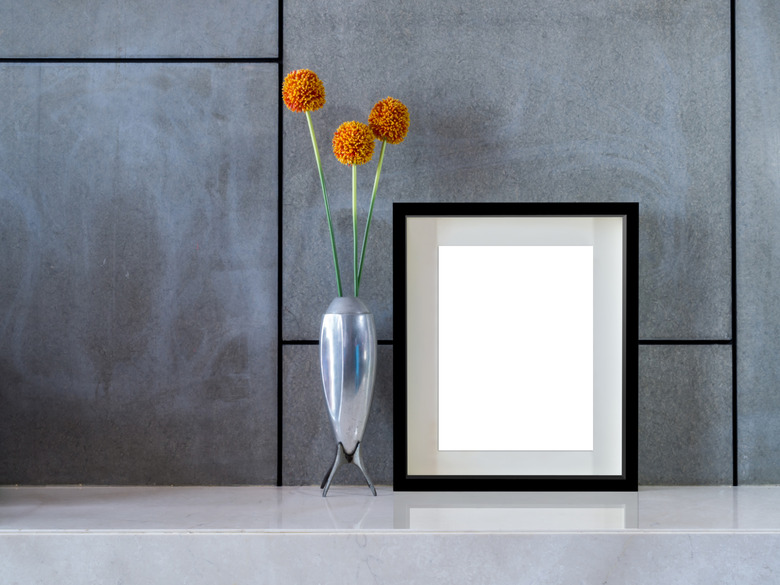Painting Techniques To Hide Flaws In Drywall
Repaired or patched drywall or walls in older homes have scars you can hide by adding textured paint or a faux Tuscan paint finish. Other methods involve adding a secondary glaze coat by color washing, dry brushing, ragging and more. Each of these methods adds at least two colors to the walls to make them appear textured and suede-like or give them an Old World look — while hiding the wall's defects. Decorative wall painting techniques can actually turn a wall's flaws into benefits, by helping create an antique and distressed or shabby chic-style look.
Wall Prep
Wall Prep
Make needed repairs on the drywall, and sand after the repairs are dry. Wipe down the walls with a moistened cloth to remove drywall dust and any other debris. To hide large imperfections, you may want to add a texture coat of drywall mud to the wall to create a more dramatic effect, but you can also simulate the textured look by using faux painting techniques. Cover baseboards with painter's tape or remove them altogether, and lay dropcloths to catch paint spills.
Ragged Walls
Ragged Walls
Hide drywall imperfections and flaws by using the paint ragging technique. After your repairs, add a primer coat to the wall with a roller. When the wall is dry, apply a base coat of, for example, sky blue by roller and then a cloud-white glaze coat ragged onto the walls for a soft cloth-like effect. Once the base coat dries, prepare the glaze mixture and apply it with cheesecloth, a rag or microfiber cloth. Lightly dab paint across the wall with the rag, avoiding too much paint — you want to see the original color through the glaze coat. The ragging technique gives walls a two-toned color density, creating the look of leather or faded, mottled soft cloth on the walls.
Color Washing
Color Washing
Color washing the walls gives them a mottled appearance with tonal variations that hide imperfect drywall. Similar to the paint-ragging technique, color washing involves two colors — for example, a dove gray base coat and a soft pearl gray color-wash coat applied with a paintbrush or a sponge. The variations and shadows created by two colors add both depth and warmth to walls while hiding defects and errors.
Dry-Brush Technique
Dry-Brush Technique
The dry-brush paint method adds a second color in a slightly darker shade or lighter tint than the base color on the wall. Choose two colors in the same color family, like salmon rose for the base color and white added to it for a pale white-pink, so the colors blend. After painting the wall with primer and a base coat by roller, let the paint dry. Dip a dry brush into the other paint color and apply it to the dry wall. The secret is to not add too much paint, and apply the dry-brushed paint diagonally onto the wall in 8- to 12-inch strokes. For the second coat, paint in the same strokes, only diagonally from the opposite direction to cross over the previous brushstrokes. This method gives wall a slightly textured and dramatic look.
Tuscan Faux Finish
Tuscan Faux Finish
The Tuscan faux finish simulates the look of walls in old villas from the Tuscany region of Italy. It's similar to the rag and dry-brush techniques — once the base coat is dry, add a top coat in a slightly different color to create the look of timeworn stucco. For instance, paint the walls a light warm copper, and add a second coat in a teal brushed on in a crisscross dry-brush technique or applied with a sponge. This color combo gives the wall an aged copper patina look. You can also apply colors in the same family or a muted wheat color overlaid with a sponged pale yellow.
